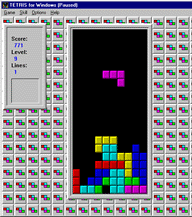Polyominoes
The five-square polyominoes are called the pentominoes. Twelve distinct pentominoes exist. For convenience, each can be thought as resembling a letter of the alphabet and hence is given a "letter name". |  |
An interesting mathematical problem is given a set of n squares, how many n-ominoes are there? We shall denote this number by P(n). As of 1994, P(n) has been calculated for values of n up to n=24; D. H. Redelmeier calculated that P(24) = 654,999,700,403. It is believed (though not proven) that P(n+1)/P(n) will continue to increase as n increases.
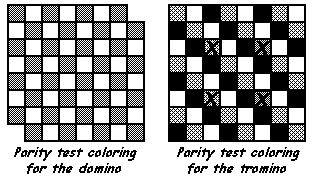 |
|
The pentominoes seem to lend themselves to the greatest number of intriguing puzzles, probably because the number of pentominoes is small enough to be easily managed yet large enough to be combined and arranged in a multitude of ways.
Click here for a large set of pentominoes that you can print and cut out.
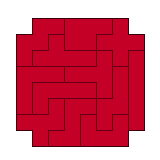
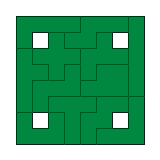
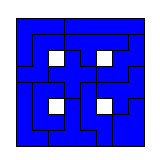
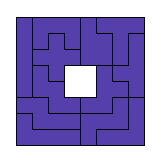
An easy set of puzzles with the pentominoes consists of using them to form rectangles of dimensions 3 by 20, 4 by 15, 5 by 12, and 6 by 10.
| 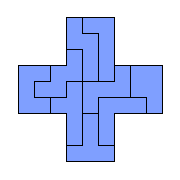 |
 | To the left are the 35 hexominoes. |
And here is a quick look into the realms of higher polyominoes:
First, here are all of the heptominoes packed into a rectangle, with three symmetrical holes.
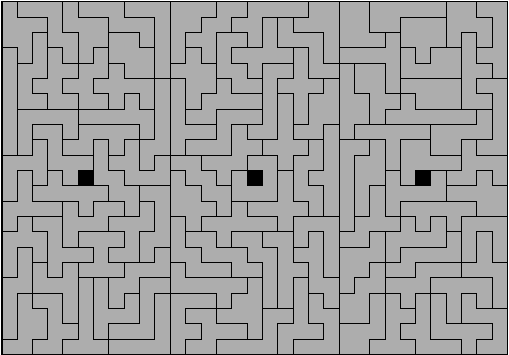
And here are all the octominoes, packed into a rectangle. The holes in the packing are unavoidable because six octominoes contain an unreachable square unit.
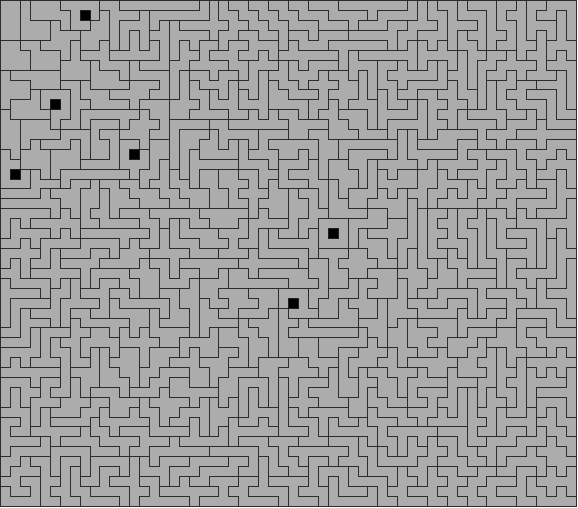
I would like to post a picture of the 9-ominoes in a rectangle. If such a construction or picture exists (or does not exist), please send me an email... you will be credited! Thanks!
